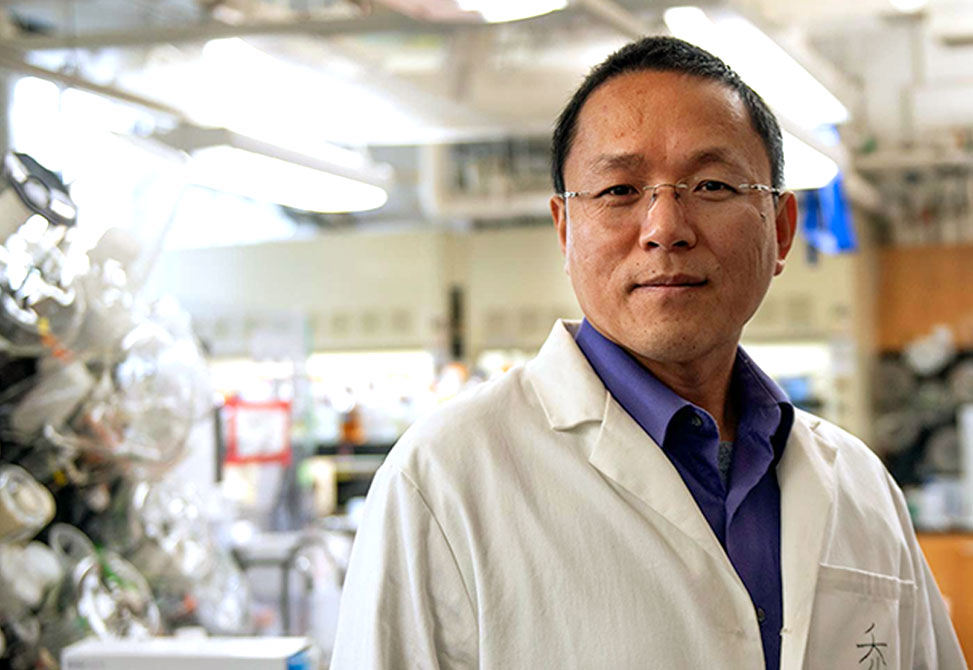Lab of the Month – the Wenshe Liu Lab
Who We Are
The Wenshe Liu Lab at Texas A&M University applies cutting-edge chemical biology techniques to advance drug discovery. Our work spans a broad spectrum, from cell biology and target identification to traditional medicinal chemistry. The lab operates across two Texas A&M campuses: one within the Department of Chemistry in College Station and the other at the Institute of Biosciences and Technology in Houston.

We foster a collaborative research environment that brings together scientists from diverse backgrounds. The lab currently includes 10 postdoctoral research associates and 18 graduate students representing 10 countries, all mentored by Professor Wenshe Liu. In addition to leading the lab, Wenshe serves as Director of the Texas A&M Drug Discovery Center, with Professor J. Trae Hampton as Manager.
Our group originally focused on genetic code expansion techniques to incorporate noncanonical amino acids into proteins. However, following a personal cancer diagnosis and recovery in the mid-2010s, Wenshe redirected the lab’s mission toward drug discovery—particularly in developing novel approaches to challenging protein targets. Today, our work includes small molecule and peptide drug discovery, as well as the identification of epigenetic protein targets using engineered protein-based probes. With such diverse research areas, lab members must remain agile and ready to pursue new ideas proposed by Professor Liu.
Beyond the bench, the Liu Lab enjoys regular social events, including semesterly barbecues at local lakes and parks where members and their families gather for kayaking, cricket, and hiking. Lunchtime walks and coffee breaks near campus further support a vibrant and collaborative community centered on chemical biology and therapeutic innovation.
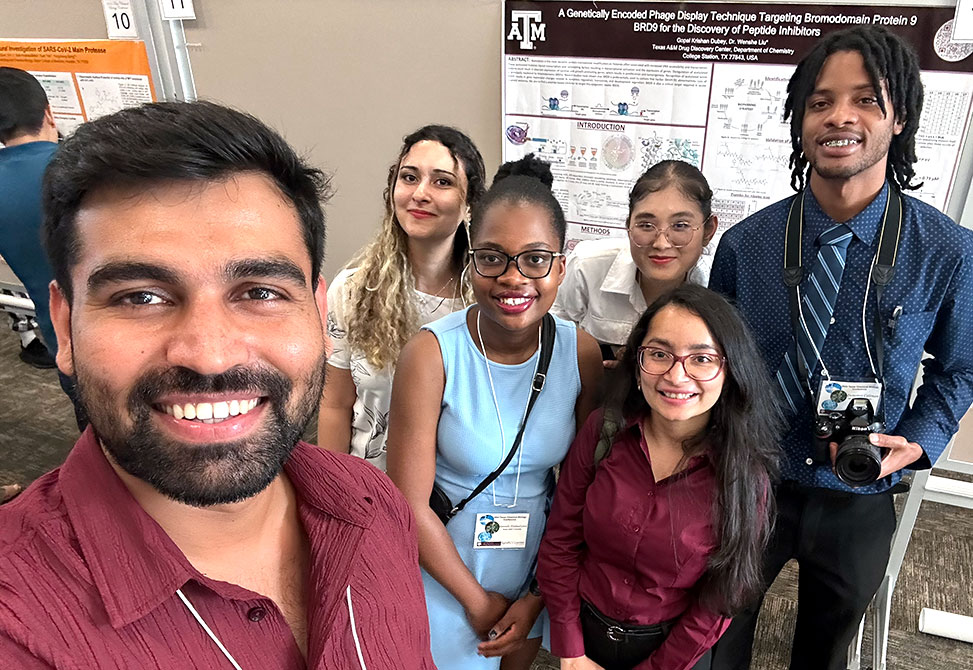
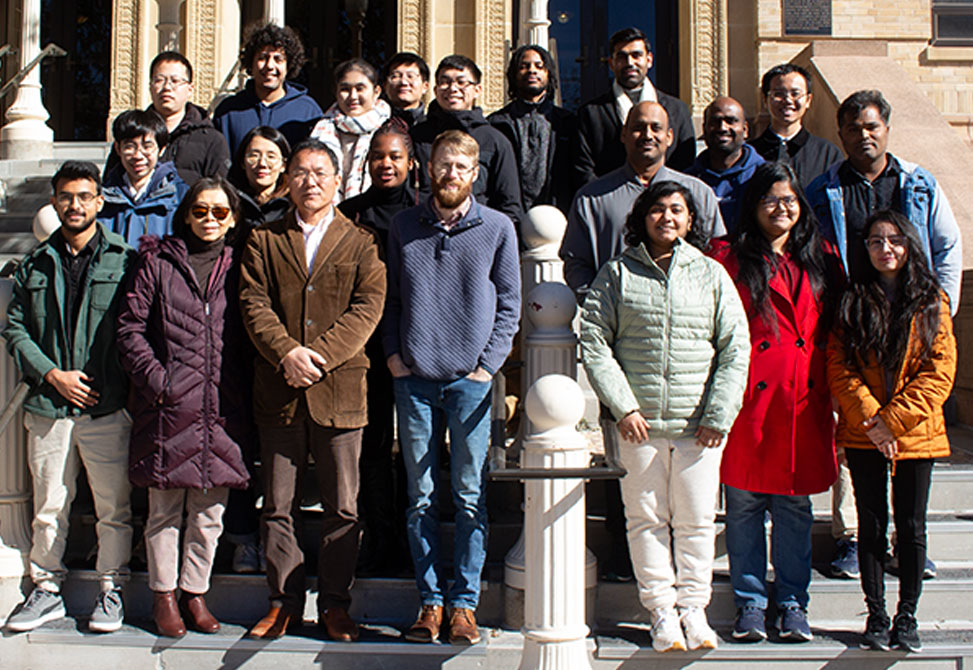
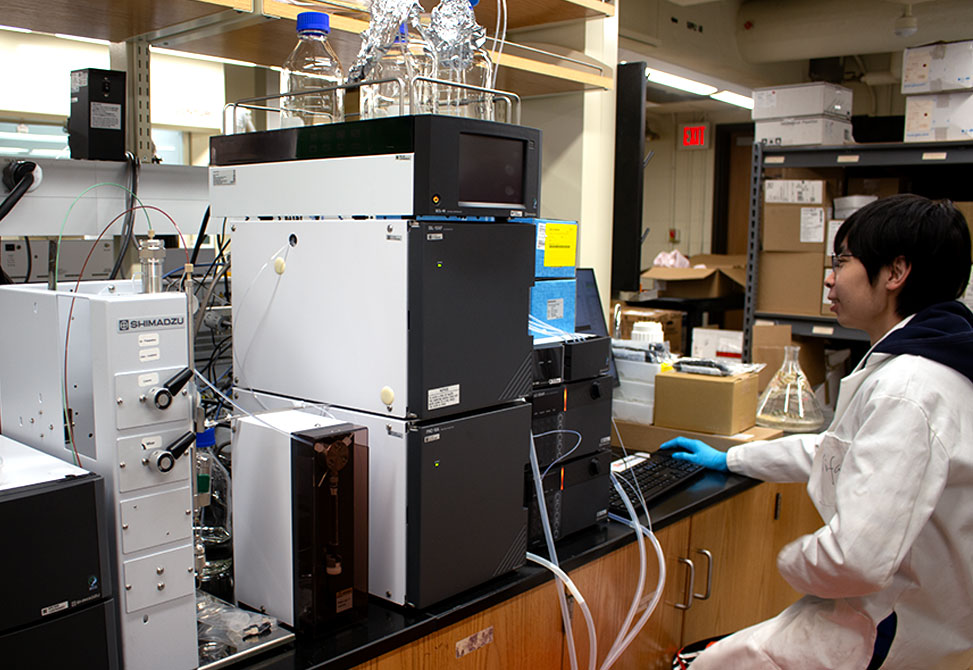
Our Research
1. PROTACs and Small Molecule Inhibitors
We design targeted therapies using selective small molecule inhibitors and protein degraders such as PROTACs. Through high-throughput screening, structure-activity relationship (SAR) analysis, and rigorous validation, we develop potent, selective compounds. By harnessing the cell’s natural degradation machinery, our degraders eliminate disease-related proteins, offering an alternative to conventional inhibition strategies.
2. Immunotherapy
Our team is advancing immunotherapy through chemo-genetic cell therapies with tunable activity. While engineered immune cells have demonstrated high efficacy—especially against hematological malignancies—they also pose safety concerns due to uncontrolled activation. To mitigate this, we’ve developed a protease-based molecular switch that allows external control over therapeutic cell activity. In the absence of a specific inhibitor, the receptor remains inactive; when introduced, function is restored—enhancing both safety and therapeutic potential.
3. Phage Display
Phage display is a cornerstone technique for discovering novel ligands and studying protein interactions, with applications in cancer, autoimmune disease, and beyond. However, conventional phage libraries are limited to natural amino acids, restricting chemical diversity. We have engineered an expanded phage display platform that incorporates noncanonical amino acids and chemical modifications. This enables higher precision in screening and the discovery of selective ligands for challenging targets.
4. Proteomics
Ubiquitination is a key regulatory mechanism governing protein function, localization, and degradation. Disruption of this system is implicated in numerous diseases. Many enzymes involved in ubiquitination and deubiquitination are cysteine-based and form covalent intermediates with ubiquitin. We employ covalent ubiquitin probes combined with activity-based protein profiling (ABPP) to identify and characterize active enzymes in complex biological systems, informing the development of new therapeutic strategies.
Selected Publications
-
Chen, P.-H.C. et al. Leveraging a phage-encoded noncanonical amino acid: a novel pathway to potent and selective epigenetic reader protein inhibitors. ACS Central Science 2024, 10(4), 782–792.
-
Cho, C.-C.D.; Leeuwon, W.M.; Liu, W.R. Directed evolution of Candidatus Methanomethylophilus alvus pyrrolysyl-tRNA synthetase for the genetic incorporation of two different noncanonical amino acids in one protein. ACS Bio & Med Chem Au 2024, 4(5), 233–241.
-
Guo, X.S. et al. Prioritization of Eleven-Nineteen-Leukemia inhibitors as orally available drug candidates for acute myeloid leukemia. J. Med. Chem. 2024, 67(22), 20100–20117.
-
Khatua, K. et al. Azapeptides with unique covalent warheads as SARS-CoV-2 main protease inhibitors. Antiviral Res. 2024, 225, 105874.
-
Hampton, J.T. et al. An amber-encoding helper phage for more efficient phage display of noncanonical amino acids. Nucleic Acids Res. 2023, 51(13), 6566–6577.
-
Hampton, J.T. et al. Novel regioselective approach to cyclize phage-displayed peptides in combination with epitope-directed selection to identify a potent neutralizing macrocyclic peptide for SARS-CoV-2. ACS Chem. Biol. 2022, 17(10), 2911–2922.
-
Yang, K.S. et al. Evolutionary and structural insights about potential SARS-CoV-2 evasion of nirmatrelvir. J. Med. Chem. 2022, 65(13), 8686–8698.
-
Qiao, Y. et al. Expressed protein ligation without intein. J. Am. Chem. Soc. 2020, 142(15), 7047–7054.
-
Wang, Z.A. et al. A versatile approach for site‐specific lysine acylation in proteins. Angew. Chem. Int. Ed. 2017, 56(6), 1643–1647.
-
Wang, Z.A. et al. A genetically encoded allysine for the synthesis of proteins with site‐specific lysine dimethylation. Angew. Chem. 2017, 129(1), 218–222.


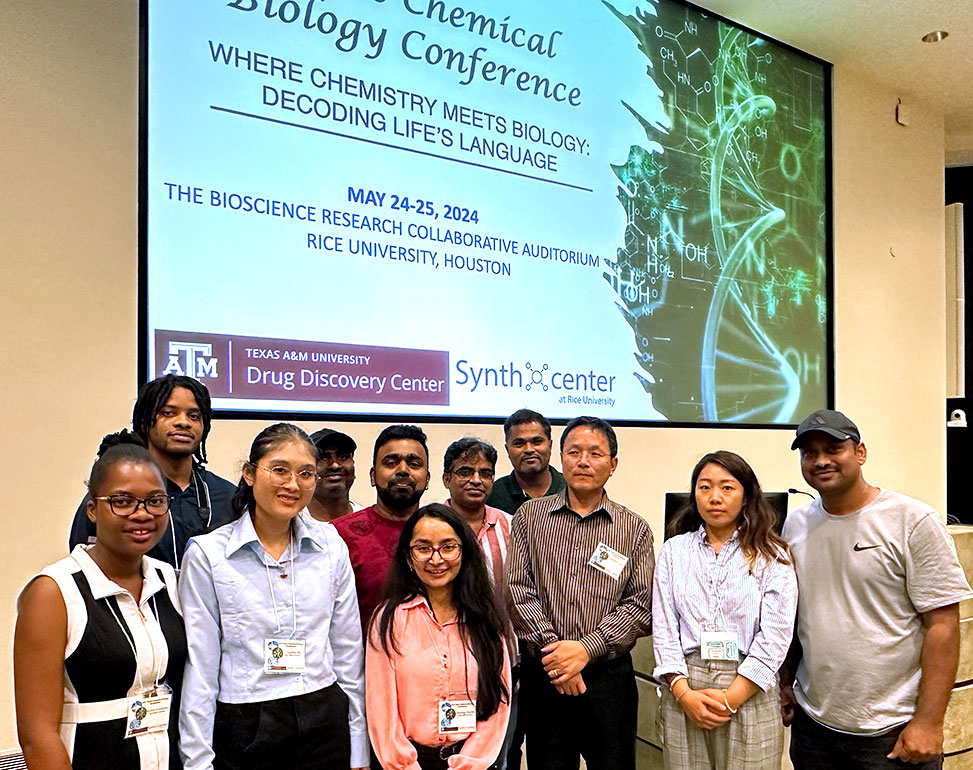
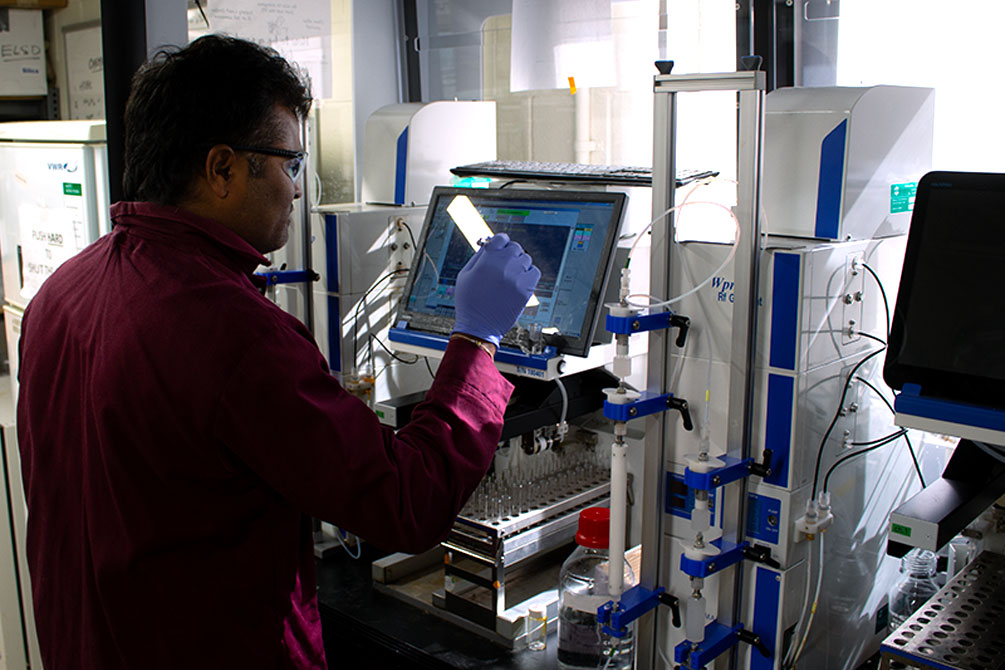
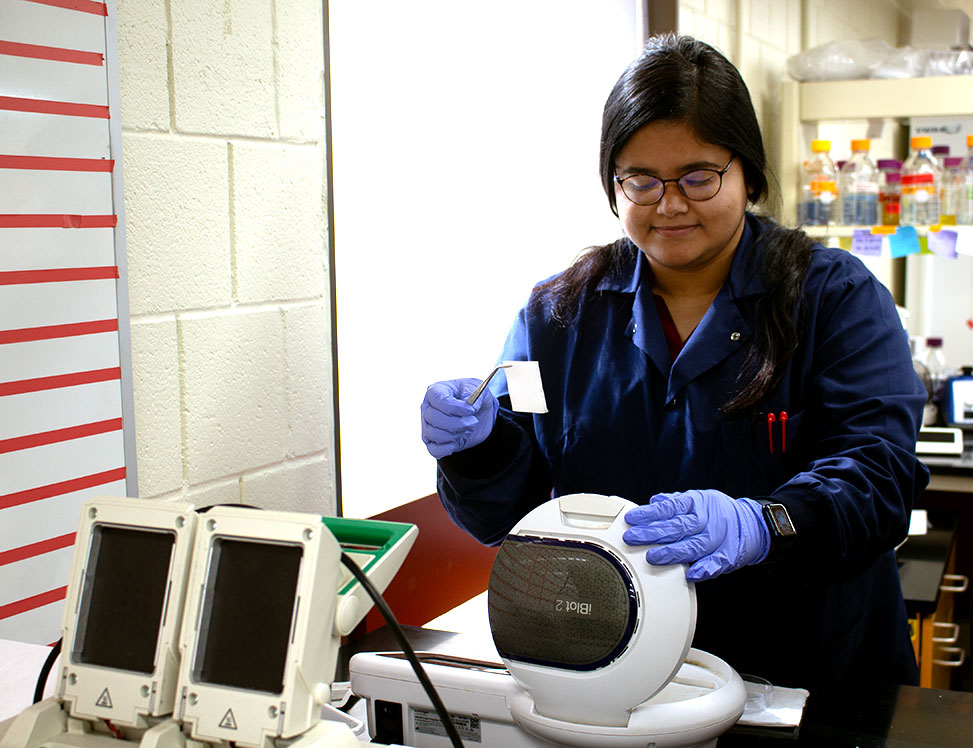
Professor Wenshe Ray Liu
Professor Wenshe Ray Liu is the Harry E. Bovay, Jr. Endowed Chair and a distinguished professor in the Department of Chemistry at Texas A&M University. He earned his Bachelor of Science from Peking University in 2000, followed by a Ph.D. from the University of California, Davis, in 2005. After completing postdoctoral research at The Scripps Research Institute between 2005 and 2007, Professor Liu commenced his independent academic career at Texas A&M University in 2007. His research is at the intersection of chemical biology and medicinal chemistry, focusing on expanding the genetic code, understanding epigenetic mechanisms, and developing novel therapeutics.
Q: Your work on expanding the genetic code has garnered significant attention. Could you elaborate on the methodologies employed to incorporate noncanonical amino acids into proteins?
A: In our research, we utilize the pyrrolysyl-tRNA synthetase, PylRS, and its cognate tRNA pair to incorporate noncanonical amino acids, ncAAs, into proteins. By engineering the PylRS-tRNAPyl system, we can reassign specific codons, such as the amber stop codon, UAG, to encode ncAAs. This approach allows for the site-specific incorporation of a diverse array of ncAAs, thereby expanding the chemical repertoire of proteins beyond the 20 standard amino acids.
Q: The development of phage-displayed peptide libraries containing ncAAs is a notable advancement. How does this technique enhance the discovery of novel ligands?
A: By integrating ncAAs into phage-displayed peptide libraries, we introduce unique chemical functionalities that are not present in canonical amino acids. This diversification enables the selection of peptides with enhanced binding properties and specificity toward target proteins. For instance, we have developed a novel helper phage, CMa13ile40, which facilitates the efficient display of ncAA-containing peptides, thereby broadening the scope of phage display in ligand discovery.
Q: Your research delves into the epigenetic functions of posttranslational histone modifications. What insights have been gained regarding chromatin regulation?
A: Through the site-specific incorporation of modified amino acids into histones, we have been able to dissect the roles of various posttranslational modifications in chromatin dynamics. Our studies have revealed how specific lysine acetylations and methylations influence nucleosome structure and interactions with regulatory proteins. These findings contribute to a deeper understanding of the epigenetic mechanisms governing gene expression and cellular differentiation.
Q: In the realm of COVID-19 research, your group suggested remdesivir and identified bepridil as potential therapeutics early in the pandemic. Could you discuss the approach that led to this discovery?
A: Our approach involved targeting essential proteins of SARS-CoV-2, such as the main protease (3CLpro) and the papain-like protease (PLpro). By screening a library of existing antiviral compounds, we identified bepridil as a potent inhibitor of viral replication. Subsequent studies confirmed its efficacy in inhibiting SARS-CoV-2 in infected cells at nanomolar concentrations, underscoring its potential as a therapeutic agent against COVID-19.
Q: The concept of covalent inhibition in drug discovery is a significant aspect of your work. How does this strategy contribute to the development of novel therapeutics?
A: Covalent inhibition involves the design of inhibitors that form a covalent bond with their target proteins, leading to prolonged and potentially irreversible inhibition. This strategy can result in increased potency and selectivity of inhibitors. In our research, we have applied covalent inhibition principles to develop inhibitors targeting enzymes such as viral proteases, thereby advancing the development of therapeutics for cancer and infectious diseases.
Q: Your laboratory has developed methods for the synthesis of histones with defined posttranslational modifications. How has this capability advanced the study of epigenetics?
A: The ability to synthesize histones with site-specific modifications has been pivotal in elucidating the functional consequences of these modifications. By incorporating specific ncAAs into histones, we can mimic natural posttranslational modifications and study their effects on chromatin structure and function. This approach has provided valuable insights into the regulatory roles of histone modifications in gene expression and has facilitated the identification of potential therapeutic targets within the epigenetic landscape.
Q: Looking ahead, what are the future directions and potential applications of your research in chemical biology and medicinal chemistry?
A: Moving forward, we aim to further expand the genetic code to incorporate a wider array of ncAAs, thereby enhancing the functional diversity of engineered proteins. Additionally, we plan to apply our phage display technologies to identify novel peptide-based therapeutics for a range of diseases, including cancer, viral infections, and neurodegenerative diseases. Our ongoing efforts to understand the epigenetic regulation of gene expression will continue to inform the development of targeted therapies that modulate chromatin dynamics.
Q: On a lighter note, what does your perfect day of leisure look like?
A: That would be biking around the Texas A&M University campus on a perfectly sunny day.
